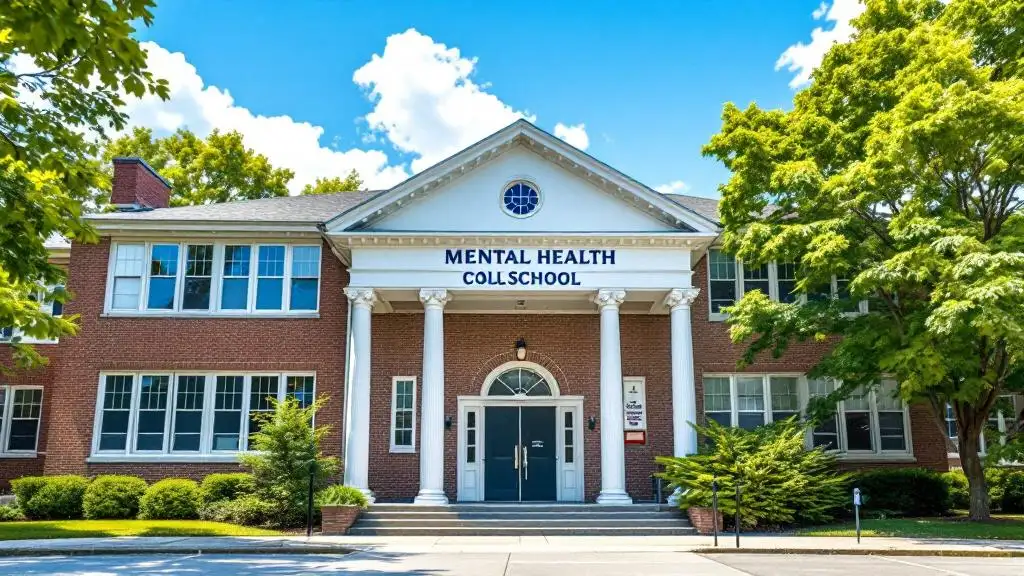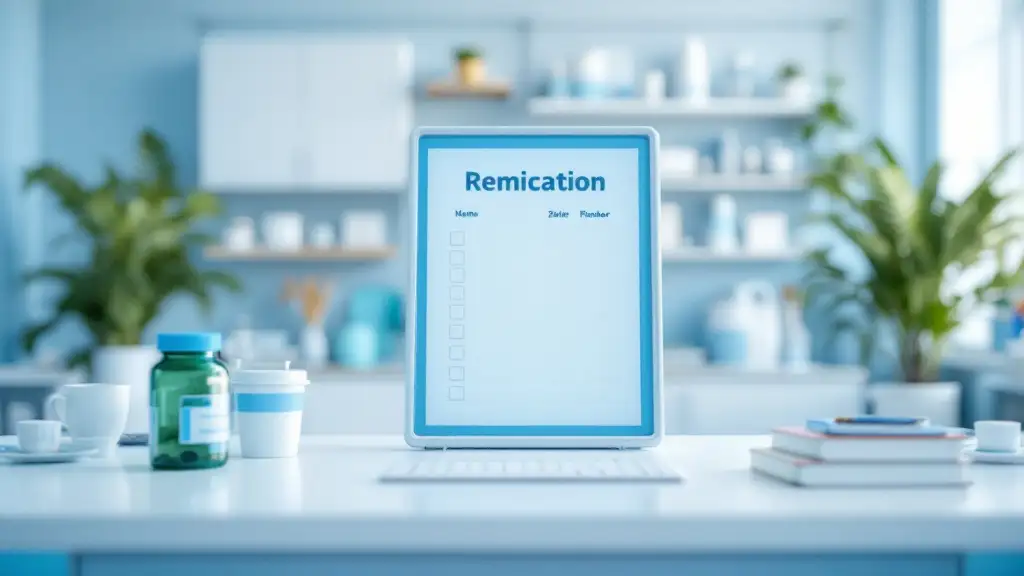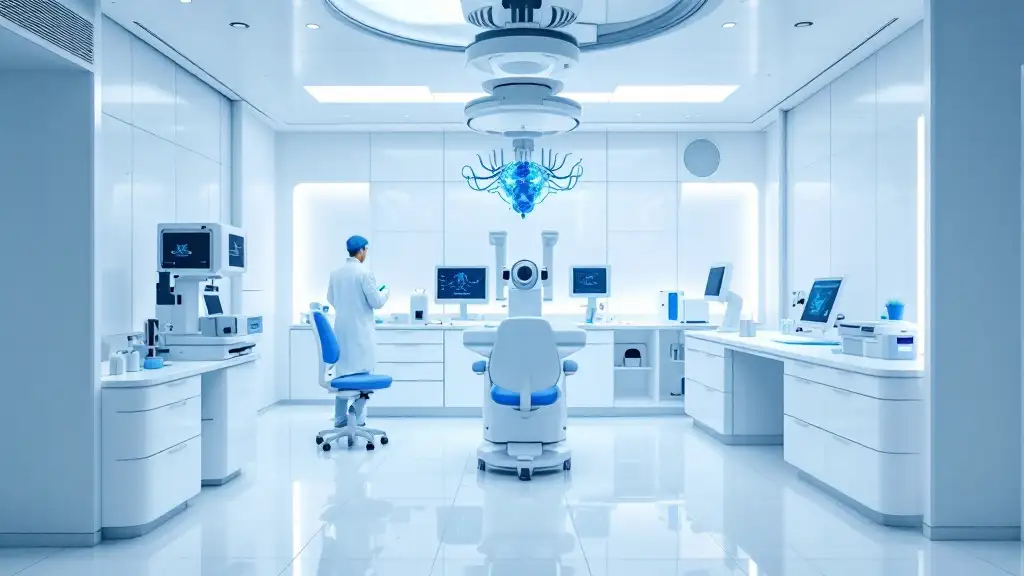Understanding and Responding to Diagnostic Errors in Children
Discover comprehensive guidance on what steps to take if you suspect your child's medical diagnosis is incorrect. From emotional support to legal rights, this article explores how parents can advocate for their child's well-being, ensure accurate diagnoses, and navigate potential long-term effects of misdiagnosis.
Initial Steps When Suspecting a Misdiagnosis
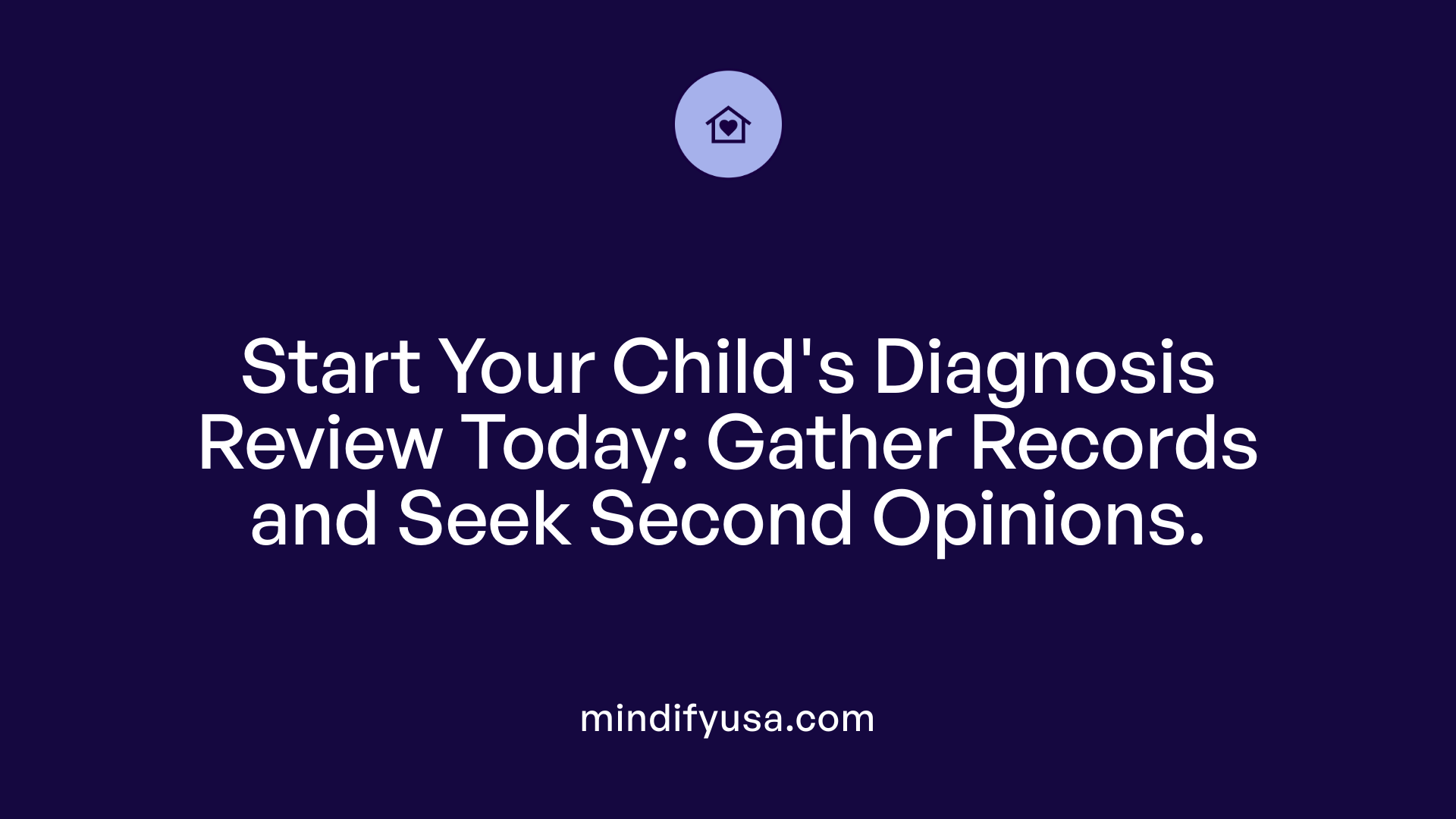
What actions should I take after suspecting my child has been misdiagnosed?
If you believe your child has been misdiagnosed, it is essential to begin by gathering detailed records. Document all relevant medical information, including test results, doctor’s notes, medication history, and any concerns you've observed.
Seeking a second opinion is a critical step. Consult with another qualified healthcare provider, preferably a specialist in the child's condition, to verify the diagnosis or uncover alternative explanations for symptoms.
Thoroughly reviewing your child's medical records can reveal overlooked details or inconsistencies in the original diagnosis. It helps ensure no vital information is missed.
If you suspect the misdiagnosis caused harm, consider consulting a medical malpractice attorney. An attorney can guide you through the legal options and help determine if you have grounds for a claim.
Be aware of the legal time limits for filing such claims. For example, in Connecticut, the statute of limitations generally is two years from the date of the alleged misdiagnosis or injury. This timeline is crucial to preserve your rights.
While taking these legal and administrative steps, continue to advocate for your child's healthcare needs. Seek appropriate medical evaluations and support to address their current health issues.
Exploring both medical and legal avenues enables you to ensure your child's well-being and pursue justice if negligence is involved.
| Step | Action | Additional Notes |
|---|---|---|
| 1 | Document all relevant medical information | Includes test results, notes, concerns |
| 2 | Seek a second medical opinion | From specialists or experienced healthcare providers |
| 3 | Review medical records thoroughly | Look for discrepancies or overlooked signs |
| 4 | Consult a medical malpractice attorney | Especially if harm or injury occurred |
| 5 | Consider legal timeframes | Typically 2 years, varies by state |
| 6 | Address current health needs | Ensure the child receives proper care |
| 7 | Follow legal advice if applicable | To explore compensation or remedies |
Taking these steps helps safeguard your child's health and rights. Early intervention and thorough review can prevent further harm and provide clarity during a challenging time.
Recognizing Common Pediatric Misdiagnoses

What are the most common misdiagnoses in children?
Children are often misdiagnosed due to the overlapping symptoms they may exhibit, which can mimic other conditions or developmental behaviors. Among the most frequent misdiagnoses are attention deficit hyperactivity disorder (ADHD), autism spectrum disorder (ASD), mood disorders such as anxiety and depression, bipolar disorder, oppositional defiant disorder (ODD), and intermittent explosive disorder (IED). These conditions share many behavioral characteristics, making accurate diagnosis challenging for healthcare providers.
For example, inattention and hyperactivity in children might be labeled as ADHD, but these symptoms can also be caused by anxiety, learning difficulties, or sleep disorders. Similarly, repetitive behaviors or communication issues may lead to an autism diagnosis, which could be confused with developmental delays or language disorders.
Serious medical conditions are sometimes overlooked or misdiagnosed as behavioral or mental health issues. Conditions like stroke, cancer, or pulmonary embolism are rare but critical to identify early, as delays can lead to irreversible damage or death. For instance, a child with a pulmonary embolism might initially be treated for asthma or an allergy, risking missed diagnosis and worsening health.
Misdiagnosis has significant consequences. It can delay essential treatments, allow severity of illness to progress, and sometimes result in life-threatening complications. In some cases, misdiagnoses lead to unnecessary or harmful treatments, and in severe cases, legal actions such as malpractice suits may follow. Parents and providers alike must remain vigilant to ensure proper diagnosis and avoid these potentially devastating outcomes.
Common conditions prone to misdiagnosis and their overlapping symptoms
| Condition | Overlapping Symptoms | Differentiating Features | Typical Misdiagnosis |
|---|---|---|---|
| ADHD | Inattention, hyperactivity | Sleep issues, anxiety | Anxiety, learning disorders |
| Autism Spectrum Disorder | Repetitive behaviors, communication delays | Language delay for other reasons | Language delays, behavioral issues |
| Mood Disorders (Depression, Anxiety) | Fatigue, withdrawal | Hypothyroidism, trauma | Sadness, fatigue misattributed |
| Oppositional Defiant Disorder | Defiance, irritability | Trauma, learning difficulties | Behavioral problems |
| IED | Explosive outbursts | Impulsivity linked to ADHD | Conduct disorder, trauma |
| Stroke | Sudden weakness, facial droop | Headache, speech difficulty | Migraines, seizures |
| Cancer | Unexplained weight loss, fatigue | Fever, infections | Infections, benign tumors |
| Pulmonary Embolism | Sudden chest pain, difficulty breathing | Cold symptoms, asthma | Asthma, infections |
Why accurate diagnosis is crucial
Timely and precise identification of medical or behavioral issues in children can significantly influence their prognosis and quality of life. Early intervention can prevent the progression of serious illnesses or the development of complex mental health problems.
Misdiagnosis often results in inappropriate treatments, which can contribute to worsening symptoms or new health concerns. For example, mislabeling a child with anxiety when they have hypothyroidism can delay vital thyroid treatment, leading to severe developmental issues.
Legal ramifications also underscore the importance of precise diagnosis. Mistakes can lead to malpractice claims, especially if delays in treatment or incorrect treatments cause harm. Notable cases, such as a child in Missouri losing the use of a leg due to delayed diagnosis of appendicitis, highlight the importance of diligence in pediatric care.
Strategies to reduce misdiagnosis
Healthcare providers can adopt several practices to improve diagnostic accuracy:
- Gathering detailed medical histories
- Considering alternative diagnoses
- Employing comprehensive behavioral assessments
- Consulting specialists when necessary
- Using advanced testing like genetic studies when applicable
Parents are encouraged to ask questions, advocate for second opinions, and seek thorough evaluations. Supporting collaboration among multidisciplinary teams often yields the most accurate diagnosis, especially in complex or rare conditions.
Final notes on diagnostic vigilance
In the realm of childhood health, awareness and proactive measures stand as the best safeguards against misdiagnosis. Parents and healthcare professionals should work together, remain vigilant about overlapping symptoms, and pursue additional testing or opinions when uncertainty arises.
Continuing education and access to specialized diagnostics can greatly reduce errors. Recognizing the signs early and acting swiftly ensures children receive appropriate treatments, ultimately protecting their well-being and future development.
For further information, search: "Common pediatric misdiagnoses and their implications" to access wide-ranging resources on this critical topic.
How to Address Your Concerns About a Misdiagnosis

What should I do if I believe my child's doctor misdiagnosed their condition?
If you suspect that your child's medical condition has been misdiagnosed, taking proactive steps is essential. The first step is to seek a second opinion from another qualified healthcare professional. This helps confirm or challenge the initial diagnosis, providing clarity and peace of mind.
Gather all relevant medical records, including test results, doctor's notes, and any previous treatment documentation. Having comprehensive information allows new doctors to review your child's case thoroughly and may reveal details that were overlooked.
Open communication with your child's current healthcare providers is also important. Share your concerns respectfully and ask for explanations or additional testing if needed. Sometimes, misunderstandings or incomplete information can lead to an incorrect diagnosis, and discussing these openly might lead to better clarity.
In cases where misdiagnosis has caused harm or delayed proper treatment, consulting a legal professional experienced in medical malpractice can be a necessary step. They can advise you on whether you have grounds for a claim and guide you through the process.
Remember, time is often of the essence. Most legal actions regarding medical errors have strict deadlines, known as statutes of limitations. Acting promptly ensures your concerns are addressed within the appropriate timeframe and increases the likelihood of obtaining justice or compensation.
Overall, addressing doubts about a diagnosis involves careful review, asking questions, consulting specialists, and, when necessary, seeking legal guidance to protect your child's health and rights.
Assessing the Accuracy of Your Child's Diagnosis
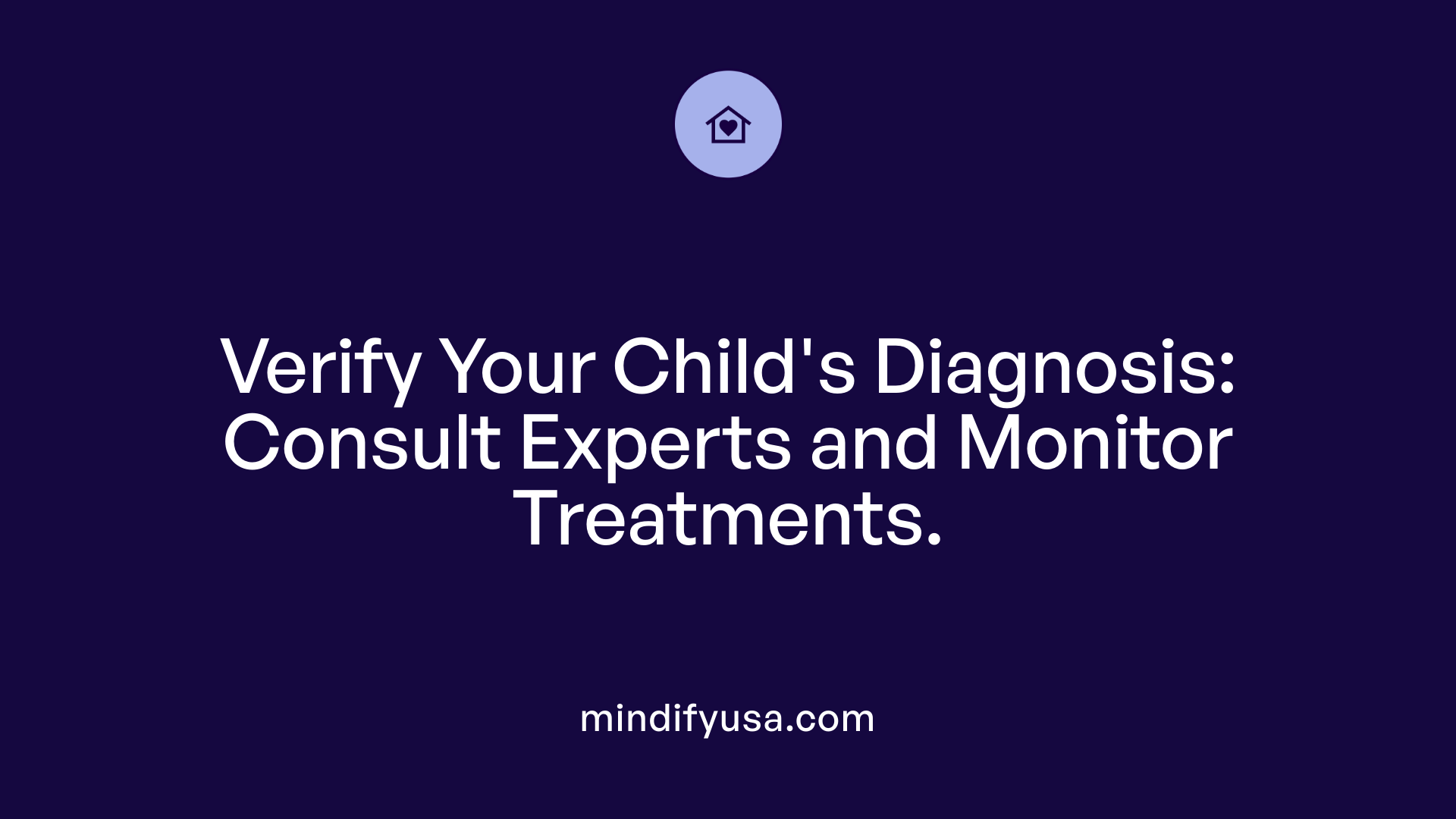
How can I understand and assess whether my child's diagnosis was accurate?
When your child receives a medical or mental health diagnosis, it's natural to seek reassurance that the assessment is correct. Understanding and verifying the accuracy of this diagnosis involves a comprehensive and multi-faceted approach.
First, gather detailed information about your child's developmental history. This includes early milestones, behavior patterns, and any previous health concerns. Keeping records of developmental progress and sharing observations from caregivers and educators can provide essential context.
Multiple assessments over time are vital. Children may show different symptoms as they grow, and some conditions can evolve or overlap with others. Regular monitoring helps clinicians refine diagnoses and adjust care plans accordingly.
Expert evaluations from specialists such as child psychologists, psychiatrists, neurologists, or other healthcare providers are crucial. These professionals conduct structured interviews, use standardized assessment tools, and observe the child's behavior across settings. A thorough physical examination and screening for co-occurring issues—like learning disabilities, sensory processing problems, or medical conditions—are part of accurate diagnosis.
Differentiating overlapping symptoms is often challenging, as many childhood conditions share similar signs. For example, inattention seen in ADHD can also stem from anxiety or sleep disorders. Children with autism may exhibit behaviors resembling language delays caused by other developmental issues. A detailed assessment helps distinguish among these possibilities.
Monitoring how your child responds to treatments adds another layer of confirmation. If interventions tailored to the diagnosis are effective and lead to improvements, it supports the initial assessment. Conversely, lack of response might indicate the need for reevaluation or considering alternative diagnoses.
In the process of confirming your child's diagnosis, consider seeking a second opinion from qualified specialists. This step can provide additional clarity, especially if you have doubts or if your child’s condition does not improve as expected.
Ongoing communication among healthcare providers, parents, teachers, and other involved adults ensures everyone is on the same page and aware of any changes. This collaborative approach enhances diagnostic accuracy and guides effective support.
Ultimately, a careful, multi-disciplinary approach grounded in current diagnostic criteria—such as those outlined in the DSM (Diagnostic and Statistical Manual of Mental Disorders)—helps ensure your child's diagnosis is precise. Accurate diagnosis allows for targeted interventions, better support, and improved outcomes.
Legal Rights and Remedies for Parents
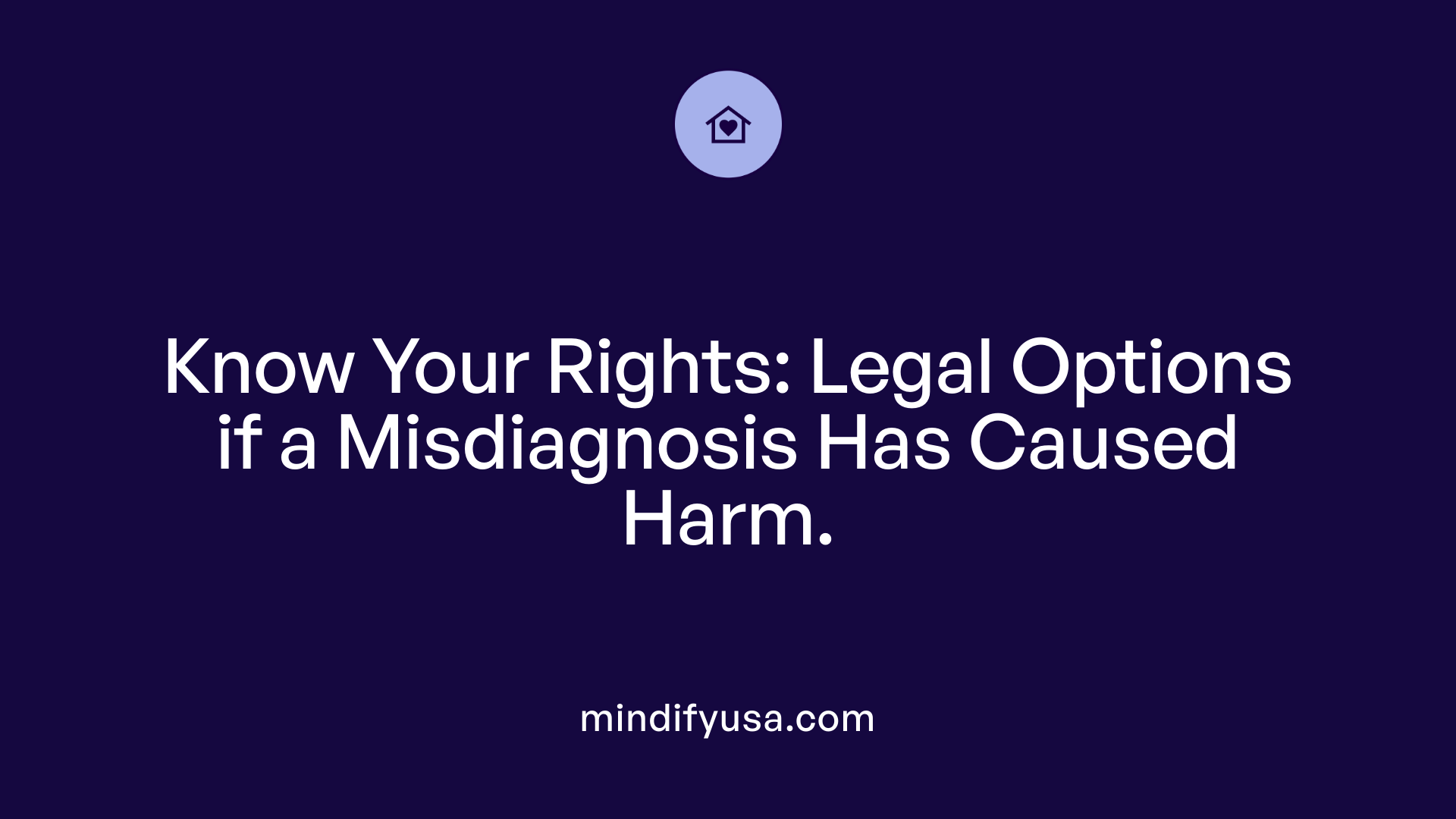
What legal rights do parents have if their child's misdiagnosis causes harm?
Parents whose children have suffered from a misdiagnosis that resulted in injury or long-term health issues have the right to seek legal recourse through medical malpractice claims. These legal actions aim to hold healthcare providers accountable for failing to meet the accepted standards of care, which led to harm.
To succeed, parents need to demonstrate that the healthcare professional did not follow the appropriate diagnostic procedures or ignored critical symptoms, resulting in incorrect or delayed treatment. This often involves gathering comprehensive medical records, expert evaluations, and testimony to establish a breach of duty.
In cases where a child's safety is at immediate risk due to neglect or negligence, child welfare laws may intervene. Such laws allow agencies to protect the child's interests, and in some situations, authorities can step in to make decisions regarding medical treatment.
Parents also have the right to pursue compensation for various damages, including medical expenses, pain and suffering, and costs related to ongoing care or disabilities caused by misdiagnosis. Legal claims are generally subject to statutes of limitations, which are the deadlines set by law for filing suit. These vary by state but often include extended periods for minors or until the child reaches a certain age.
Understanding specific legal rights and deadlines requires consulting with attorneys specializing in pediatric healthcare law. These legal experts can guide parents through filing claims, gathering evidence, and navigating the complexities of children's health law.
In summary, parents have a fundamental right to seek justice and compensation if a misdiagnosis harms their child. Protecting these rights involves timely action, thorough evidence collection, and often, legal advocacy to ensure accountability and long-term support for the affected child.
| Legal Aspect | Details | Additional Notes |
|---|---|---|
| Malpractice Claims | Can pursue if breach led to injury | Requires evidence and expert testimony |
| Evidence Needed | Medical records, expert opinions | Demonstrate breach of care |
| Statutes of Limitations | Vary by state, often longer for minors | Important to act promptly |
| Compensation Types | Medical costs, damages for suffering | Can include future care costs |
| Child Welfare Laws | Intervention if child safety is at risk | Can limit parental decision rights |
| Legal Assistance | Essential for navigating claims | Specialized lawyers recommended |
Parents are encouraged to actively learn about their rights and consult legal professionals to ensure the best outcomes for their children in cases of misdiagnosis.
Supporting Your Family Through Emotional Challenges
What support is available for families coping with the emotional and social impact of a misdiagnosis?
Families facing the emotional fallout of a misdiagnosis often experience feelings of frustration, guilt, fear, and uncertainty. To navigate these challenging times, various support options are accessible. Counseling services, including individual and family therapy, provide a safe space to process emotions, express fears, and develop coping strategies.
Peer support groups are invaluable for sharing experiences, gaining insights, and finding comfort within a community of others who understand similar struggles. Organizations such as the National Alliance on Mental Illness (NAMI) offer resources, educational materials, and support networks tailored to families dealing with diagnostic errors and their repercussions.
Maintaining open dialogue with healthcare providers is crucial. Families should advocate for ongoing communication, seek second opinions if necessary, and stay informed about the child's condition and potential misdiagnoses. This proactive engagement helps ensure that treatment plans are appropriate and that emotional well-being remains a priority.
Practical assistance from relatives, friends, and community organizations can ease daily pressures. Support tasks like transportation to appointments, help with medication management, or assistance in navigating healthcare systems can significantly reduce stress.
Participating in family therapy or support programs strengthens resilience and cohesion. These settings enable family members to understand each other's experiences, develop mutual support strategies, and foster a positive outlook amidst uncertainty.
In addition to professional help, self-care practices are essential. Activities such as regular exercise, hobbies, relaxation techniques, and adequate rest contribute to emotional stability. Building a network of understanding and supportive relationships further reinforces emotional resilience.
In summary, comprehensive support involving mental health professionals, peer groups, advocacy organizations, and community resources plays a vital role in helping families cope with the social and emotional challenges following a misdiagnosis, promoting healing and strength.
How can parents advocate for their child's emotional needs?
Parents play a critical role in ensuring their child's emotional health is addressed. This begins with honest conversations suited to the child's developmental level, explaining the diagnosis in simple, reassuring terms. Encouraging children to express their feelings and questions creates an open, trusting environment.
It is essential to observe behavioral changes and emotional responses and seek counseling or therapy if needed. Schools should also be involved; IEPs or 504 Plans can include emotional support and accommodations to foster a positive school experience.
Advocacy involves not only understanding but also actively communicating and negotiating with educational and healthcare professionals to meet the child's emotional and developmental needs. Regular check-ins and adjustments to support strategies help maintain a nurturing environment.
Maintaining family communication and resilience
Open and honest communication within the family sustains emotional resilience. Sharing feelings, discussing concerns, and celebrating small victories strengthen bonds.
To uphold family resilience, it is helpful to establish routines, involve children in decision-making appropriate to their age, and prioritize quality time together.
Supporting each other's emotional states, practicing patience, and seeking external support when necessary contribute to a resilient family unit.
In cases of ongoing emotional impact from a misdiagnosis, families should consider involvement with support groups or counseling to process their experiences collectively.
By fostering a supportive environment, maintaining strong family ties, and utilizing available professional resources, families can navigate emotional challenges more effectively, promoting healing and hope for the future.
Advocating for Your Child's Proper Diagnosis and Care
How can I advocate for proper diagnosis and treatment for my child?
Navigating a child's health diagnosis can be overwhelming, but proactive advocacy is crucial for ensuring they receive accurate evaluation and appropriate care. Building a support network of trusted healthcare professionals, support groups, and other parents provides valuable guidance and emotional strength.
Educating yourself about your child's specific condition, including symptoms, treatment options, and current research, enables you to communicate confidently with medical providers. This knowledge helps you ask informed questions and understand the recommendations you receive.
Keeping detailed records is vital. Document your child's medical history, symptom progression, previous diagnoses, and treatments. Such comprehensive information assists healthcare teams in making accurate assessments.
Active participation in healthcare appointments is essential. Prepare questions beforehand, request clarification when needed, and do not hesitate to seek second opinions from specialists. Collaborating with a multidisciplinary team—including geneticists, neurologists, or mental health experts—can lead to more precise diagnoses.
Ensure your child's emotional and educational needs are being met by working with schools to implement support plans like 504 Plans or IEPs. Advocate for accommodations that help your child thrive academically and socially.
Persistence and thoroughness are your strongest tools. By being well-informed, organized, and assertive, you can help secure the correct diagnosis and personalized treatment plan for your child, ultimately improving their health outcomes and quality of life.
Empowering Parents and Advocates
While the journey through a child's misdiagnosis can be challenging emotionally and practically, understanding your rights, taking proactive steps, and seeking proper professional guidance are critical. Building support networks, advocating boldly, and remaining committed to your child's health and well-being can significantly improve outcomes. Remember, staying informed and engaged is your best tool for ensuring your child's current and future health needs are met with accuracy and compassion.
References
- 7 Tips for Coping with Your Child's Unexpected Diagnosis - CHOC
- What Can a Parent Do When Their Child is Misdiagnosed?
- Protect Your Child from the Wrong Diagnosis | PinnacleCare
- Undiagnosed: When Your Child Is Misdiagnosed
- Adjusting to the Diagnosis - Parent Project Muscular Dystrophy
- The Most Common Misdiagnoses in Children - Child Mind Institute
- Receiving Your Child's Diagnosis: What to Do Next












